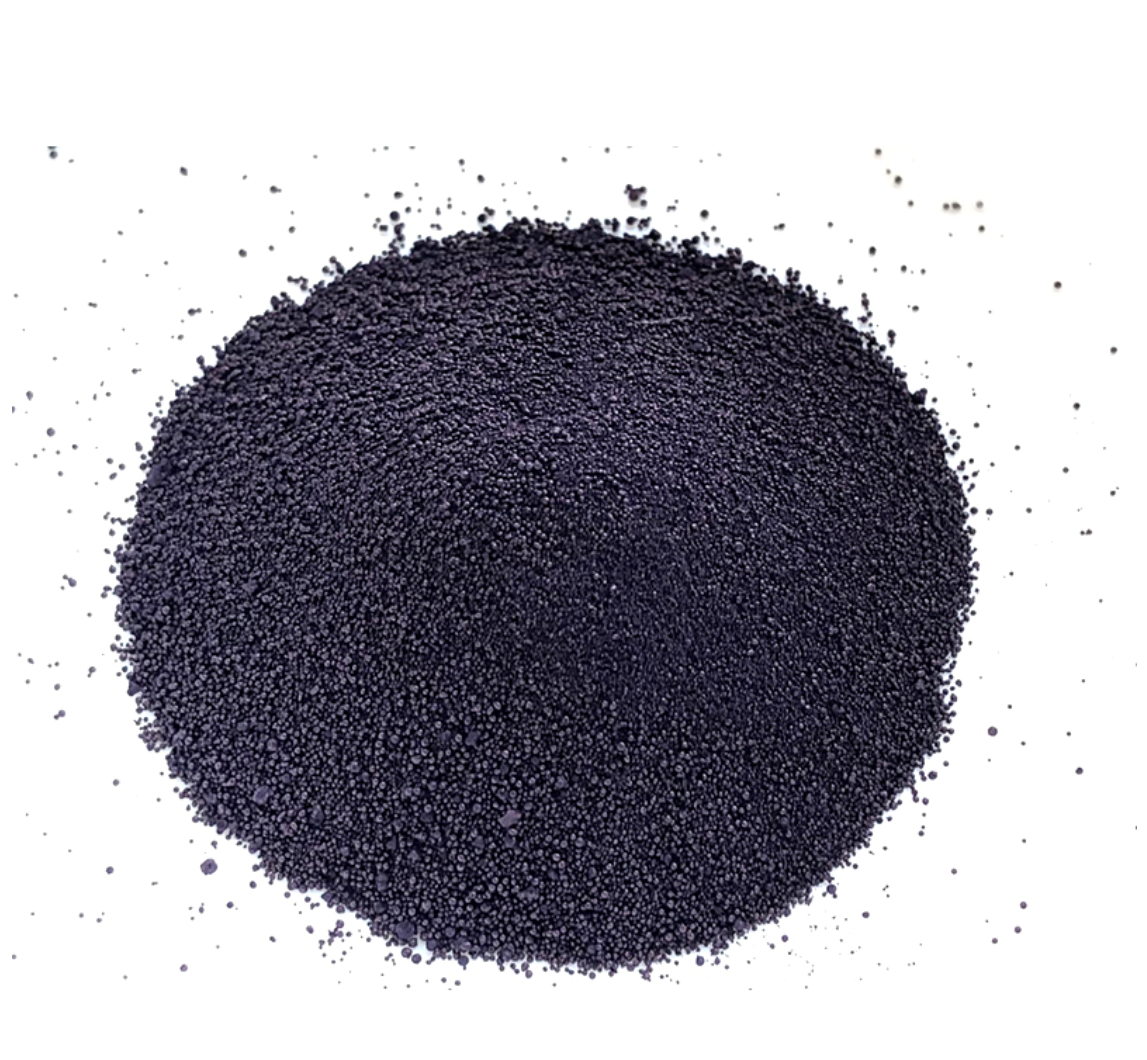Affordable Sulphur Dyes for Textile Industry and Their Versatile Applications in Fashion and Design
The Use of Cheap Sulphur Dyes in Textiles Advantages and Challenges
Dyeing is a critical process in the textile industry, as it determines the final aesthetic of fabric. Among the various types of dyes available, cheap sulphur dyes have gained considerable popularity due to their cost-effectiveness and vibrant coloration. Understanding the properties, benefits, and potential challenges of using these dyes can inform decisions for manufacturers and consumers alike.
Introduction to Sulphur Dyes
Sulphur dyes belong to a specific class of dyes commonly used for coloring cellulose-based fibers, such as cotton, rayon, and hemp. These dyes are derived from sulphur and provide a wide range of hues, including deep blacks, shades of brown, and vibrant colors that appeal to manufacturers seeking economical options. The dyeing process of sulphur dyes involves the reduction of the dye to a soluble form, which is then applied to the fabric. Once the dye has been absorbed, it is oxidized back to its original form, locking the color into the fiber.
Advantages of Cheap Sulphur Dyes
1. Cost-Effectiveness One of the primary advantages of sulphur dyes is their affordability. They are generally less expensive than other dye types, making them appealing for large-scale production. This economic benefit is crucial for manufacturers aiming to maintain competitive pricing in a crowded market.
2. Excellent Color Fastness Sulphur dyes exhibit good fastness properties in relation to washing and light. Fabrics dyed with these dyes tend to retain their color vibrancy over time, which is a crucial quality for consumers looking for durable textiles.
cheap sulphur dyes

3. Wide Color Range The versatility of sulphur dyes allows for the creation of diverse shades and tones, enabling designers to explore creative possibilities in their collections. This assortment can cater to various fashion trends and consumer preferences.
4. Environmental Considerations Although dyeing processes can have environmental impacts, sulphur dyes often require less water compared to other dyeing methods. Moreover, advancements in technology aim to reduce waste and improve the environmental footprint of dyeing practices further.
Challenges and Concerns
Despite the benefits, the use of cheap sulphur dyes is not without its challenges. One of the significant issues lies in the environmental aspect of the dyeing process. While sulphur dyes themselves can be less harmful, the chemicals used in dye reduction and subsequent processing can pose environmental risks if not managed properly.
A further challenge is that while sulphur dyes have good wash fastness, they may not perform as well on every fiber. Manufacturers must consider the specific characteristics of the fabric being dyed and conduct appropriate testing to ensure satisfactory results. Additionally, the coloration achieved with sulphur dyes can sometimes be less brilliant than that obtained with other dye types, which can be a deciding factor for higher-end markets.
Conclusion
In conclusion, cheap sulphur dyes represent a valuable option for manufacturers within the textile industry keen on balancing cost and quality. Their advantages, including low cost, good fastness to washing and light, and a broad color range, make them an attractive choice for various applications. However, it is essential to remain vigilant about the environmental implications and the suitability of these dyes for specific fabrics. As the industry continues to evolve, ongoing innovations and a commitment to sustainability will be crucial in maximizing the benefits of sulphur dyes while minimizing their drawbacks.
-
The Timeless Art of Denim Indigo Dye
NewsJul.01,2025
-
The Rise of Sulfur Dyed Denim
NewsJul.01,2025
-
The Rich Revival of the Best Indigo Dye
NewsJul.01,2025
-
The Enduring Strength of Sulphur Black
NewsJul.01,2025
-
The Ancient Art of Chinese Indigo Dye
NewsJul.01,2025
-
Industry Power of Indigo
NewsJul.01,2025
-
Black Sulfur is Leading the Next Wave
NewsJul.01,2025

Sulphur Black
1.Name: sulphur black; Sulfur Black; Sulphur Black 1;
2.Structure formula:
3.Molecule formula: C6H4N2O5
4.CAS No.: 1326-82-5
5.HS code: 32041911
6.Product specification:Appearance:black phosphorus flakes; black liquid

Bromo Indigo; Vat Bromo-Indigo; C.I.Vat Blue 5
1.Name: Bromo indigo; Vat bromo-indigo; C.I.Vat blue 5;
2.Structure formula:
3.Molecule formula: C16H6Br4N2O2
4.CAS No.: 2475-31-2
5.HS code: 3204151000 6.Major usage and instruction: Be mainly used to dye cotton fabrics.

Indigo Blue Vat Blue
1.Name: indigo blue,vat blue 1,
2.Structure formula:
3.Molecule formula: C16H10N2O2
4.. CAS No.: 482-89-3
5.Molecule weight: 262.62
6.HS code: 3204151000
7.Major usage and instruction: Be mainly used to dye cotton fabrics.

